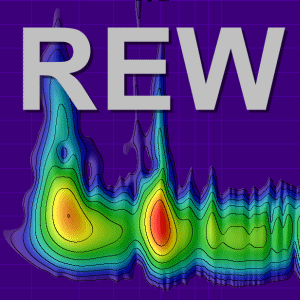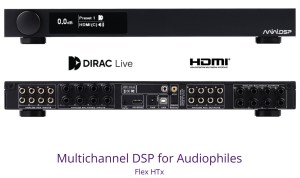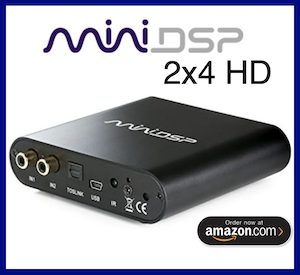Hi,
I'm rather new to REW EQ, but I already could achieve some major goals when using it.
So, when it comes to EQing a measurement to a specific target curve it ends in some EQ parameters in up to 20 frequency slots. I'd like to know if REW EQ, besides this rather classical EQing, also supports some sort of frequency transformation/adjustment, i.e. sending a specific frequency, measuring it, comparing it to the one sent, and making adjustments to the frequency itself, not only to its loudness. May be it's always done in the background without telling the user.
Sorry, for this newbie question
thanks
I'm rather new to REW EQ, but I already could achieve some major goals when using it.
So, when it comes to EQing a measurement to a specific target curve it ends in some EQ parameters in up to 20 frequency slots. I'd like to know if REW EQ, besides this rather classical EQing, also supports some sort of frequency transformation/adjustment, i.e. sending a specific frequency, measuring it, comparing it to the one sent, and making adjustments to the frequency itself, not only to its loudness. May be it's always done in the background without telling the user.
Sorry, for this newbie question
thanks












